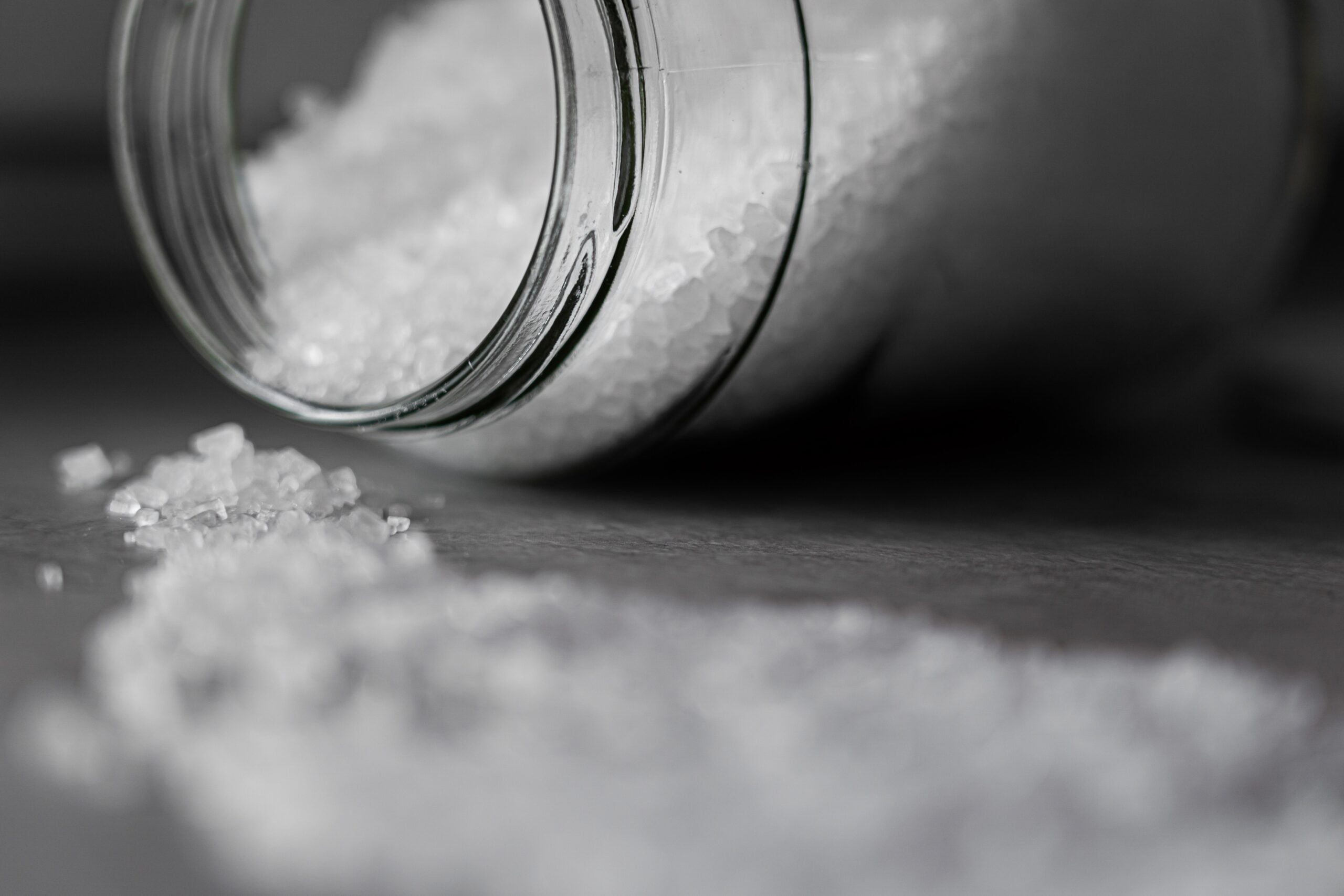What is gritting salt? Is it just your average salt? The type you might put over your fish ‘n chips? No. It’s not. You need to know your grit!
If you are in the market for grit you may be here wanting to know: “What is gritting salt?”
So, let’s explore what gritting salt actually is. Also known as rock salt or road salt, it’s primarily sourced from underground salt mines or extracted from salt deposits. It is a natural mineral form of sodium chloride (NaCl). Salt mines are typically located in areas where ancient saltwater bodies have evaporated, leaving behind salt deposits.
The mining process involves drilling into the earth and extracting the salt in solid form. Large machinery and equipment, such as loaders and conveyors, are used to transport the salt to the surface. The extracted salt is then crushed into smaller pieces and processed to remove impurities.
Once the salt is processed and refined, it is often used for various purposes, including de-icing roads during winter. The salt is spread onto roads, car parks and pavements to melt snow and ice, improving traction and reducing the risk of accidents.
It’s worth noting that in some cases, gritting salt may also be obtained from sea salt through a process of evaporating seawater. However, the majority of gritting salt used for de-icing purposes is derived from underground salt deposits.
Gritting salt and the environment
Now we know what it is, how can we ensure the salt we choose to grit is the least impactful on the environment?
Here are a few factors to consider when choosing a gritting salt that is more environmentally friendly.
Sodium chloride content
Look for gritting salts with lower sodium chloride (NaCl) content. High-purity sodium chloride is typically more effective at melting ice, allowing you to use smaller quantities. This reduces the overall environmental impact.
Environmental certification
Check if the gritting salt has any environmental certifications or endorsements. For example, some products may carry certifications like the Smart Salt Certification, which indicates a reduced environmental impact.
3. Corrosion inhibitors
Certain gritting salts may contain corrosion inhibitors, which help reduce the damage to infrastructure, vehicles, and vegetation caused by salt. These additives can minimise environmental harm while still maintaining effectiveness.
Blending with abrasives
Consider using a gritting salt that is blended with abrasives such as sand or gravel. This mixture can provide traction on icy surfaces while reducing the amount of salt required.
Proper application
Remember that proper application techniques are crucial for minimising environmental impact. Using the appropriate amount of salt, avoiding excessive spreading, and targeting specific areas can help reduce salt runoff into water bodies and nearby vegetation.
It’s worth noting that alternatives to traditional salt, such as calcium magnesium acetate (CMA) or potassium acetate, are available and can be more environmentally friendly. However, they tend to be more expensive and may have different effectiveness levels depending on the conditions.
Conclusion
Ultimately, choosing the best gritting salt for the environment involves striking a balance between effectiveness, cost, and environmental impact, while following recommended application practices. Consulting with local environmental agencies, transportation authorities or gritting specialists can provide specific guidance tailored to your region.






